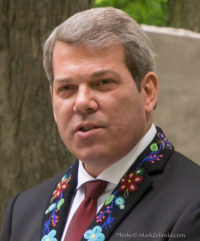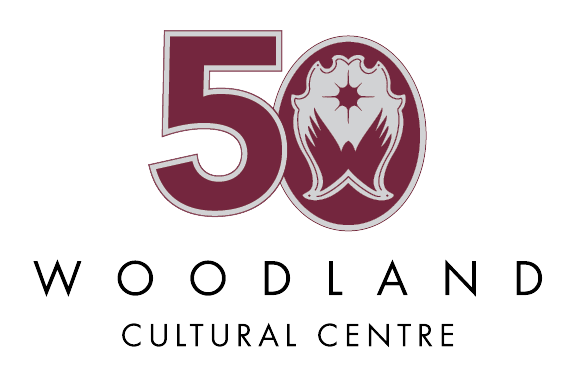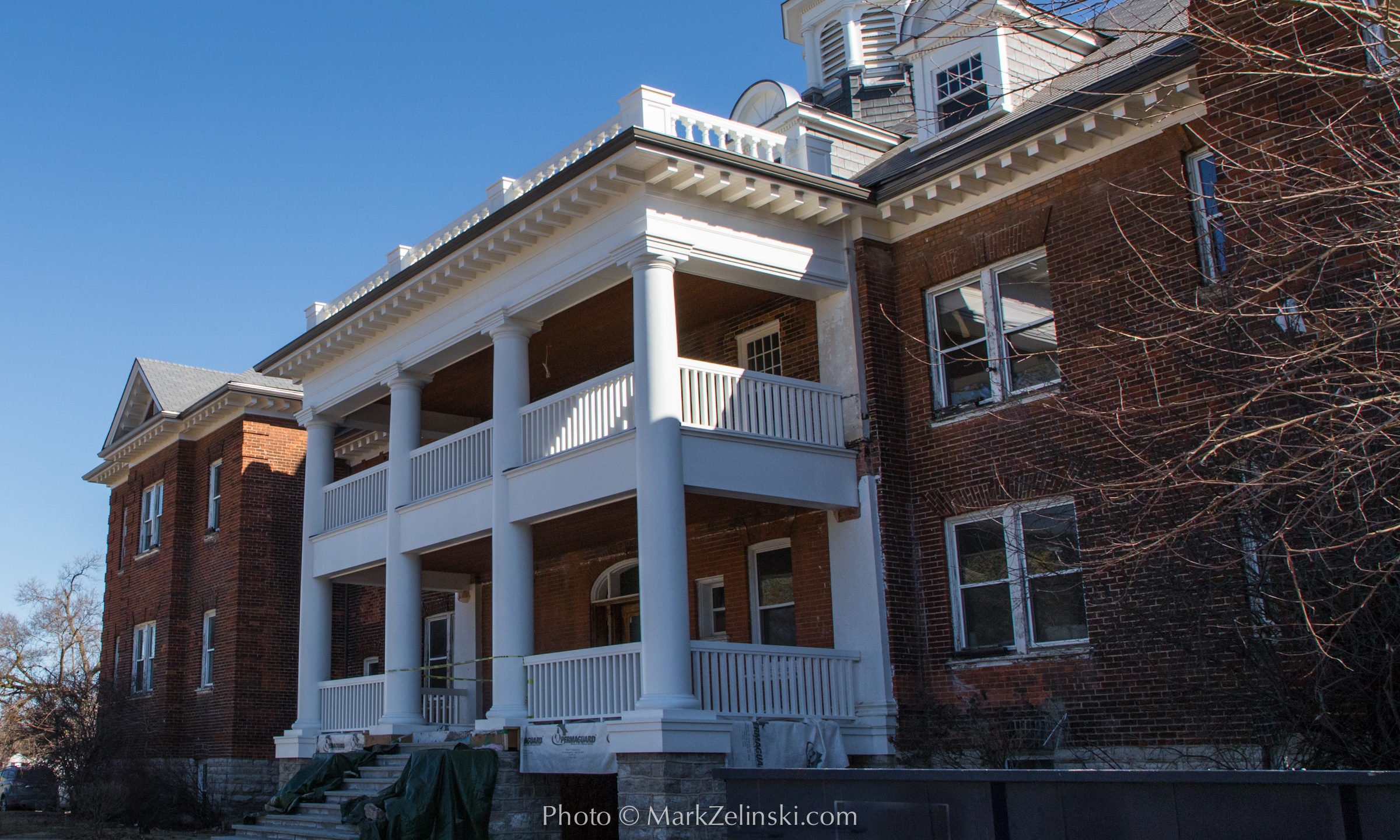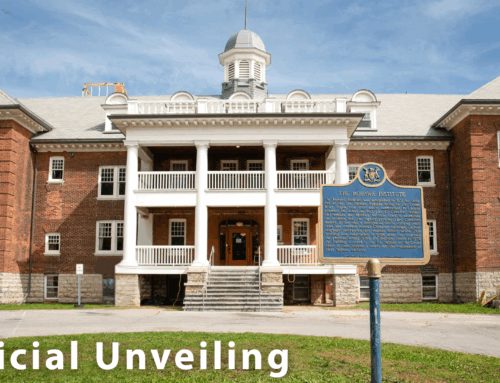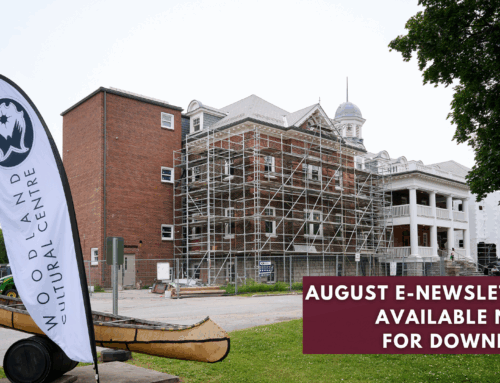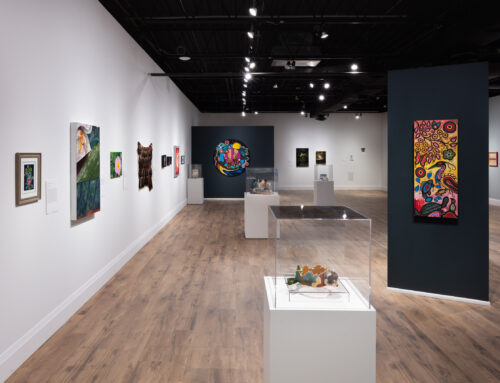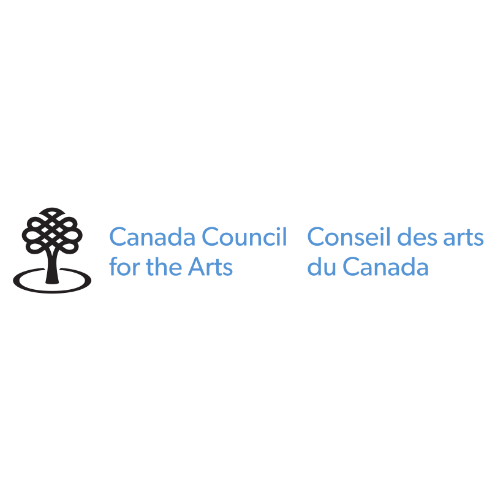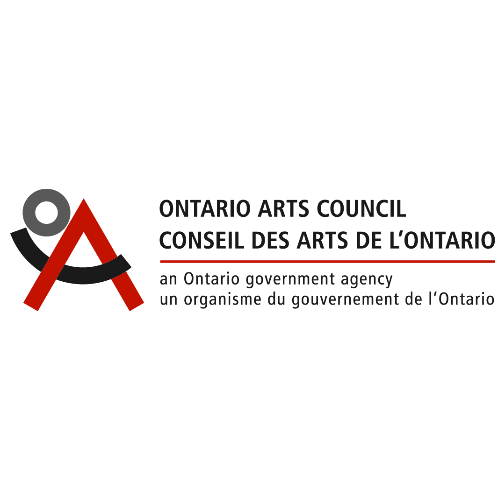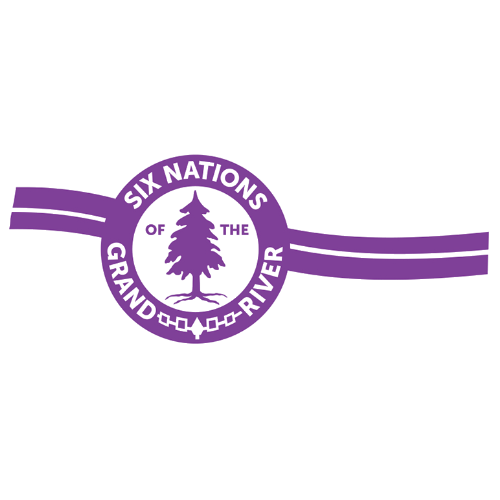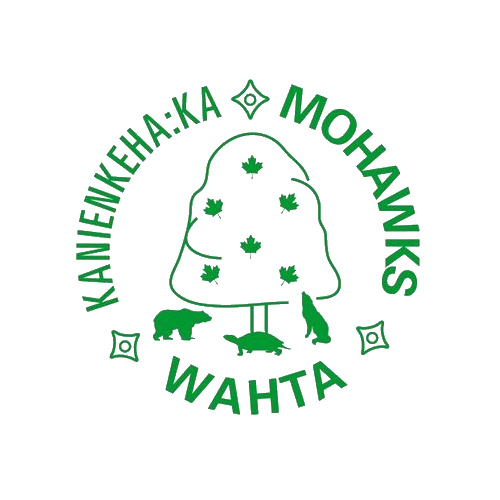(Brantford/Six Nations, ON) – Indigenous-led group to produce Exhibit and Visitor Experience at the Mohawk Institute Project marks final stage in extensive renovation of former residential school.
The Woodland Cultural Centre has commissioned an Indigenous-led group to develop the final interpretation plan and design for the Mohawk Institute Residential School in Brantford, Ontario. The group will be led by former Smithsonian Institution executive Tim Johnson, who directed exhibitions and programs at the National Museum of the American Indian for a decade.
“We’re delighted to have such an exceptional team working with us to achieve the significant aspirations we hold for the Mohawk Institute as a site of conscience for our community, for Indigenous peoples, and for Canada,” says Woodland Cultural Centre Executive Director Janis Monture. “One would be hard-pressed to overstate the meaning and prospective significance of the site as a place of learning, healing, and truth and reconciliation.”

The group includes preeminent firms with deep experience in preparing heritage, legacy, cultural, and museum facilities:
- Lord Cultural Resources, a global practice leader in cultural sector planning, will help guide the conceptual and interpretive process
- WeatherstonBruer Associates, a Toronto based architecture and exhibit design firm, will recreate the look and feel of the Mohawk Institute’s rooms and facilities
- kubik maltbie, a leader in the production of prestigious museums, visitor centres and specialty heritage environments, will be responsible for the fabrication and installation of the program
- Haudenosaunee historian, educator, and longtime Indigenous museum professional Rick Hill will provide research content and guidance.
This phase will include consultations with survivors, exhibit and programmatic planning of spaces, visitor wayfinding and experience, educational connections, design, fabrication, and installation.
The Woodland Cultural Centre assumed responsibility for redeveloping the Mohawk Institute building in accordance with the Truth and Reconciliation Commission of Canada’s Calls To Action in 2015. The Centre was provided a mandate for the renovations by the Six Nations of the Grand River after community surveys and an engagement process showed the vast majority of respondents supported its reconstruction. The Centre’s overall goal is for an informative, meaningful, and effective interpretive educational site for the public.
This is the fourth and final phase of the Mohawk Institute’s extensive renovation. The process has been shaped by historical research and interviews with dozens of the survivors that are the residential school’s legacy. The site interpretation approach will treat the building as an artifact and create exhibits that accurately represent the varied experiences of the children / survivors who attended the Institute.
The preservation of places such as the Mohawk Institute is essential in safeguarding these memories and ensures that future generations remain able to learn critical lessons from the past.

“To a person, all of us working on this project are humbled by the responsibility and acutely aware of how transformative this project will be for those who’ve been impacted by Canada’s residential schools,” said Project Director Tim Johnson. “It is of vital importance that visitors who tour the Mohawk Institute experience the life and generation-altering legacy caused by residential schools.”
This final stage of the renovations will continue through this year and next.
“It’s hard to imagine a more significant Indigenous legacy project that will serve to enlighten the public about this challenging and troublesome part of Canada’s history,” said Vance Badawey, Parliamentary Secretary to the Minister of Indigenous Services. “As a heritage site and site of conscience, it is my hope that every public servant, every teacher, and indeed, every Canadian, take the opportunity to visit the Mohawk Institute when it fully opens to the public at the end of 2024.”
